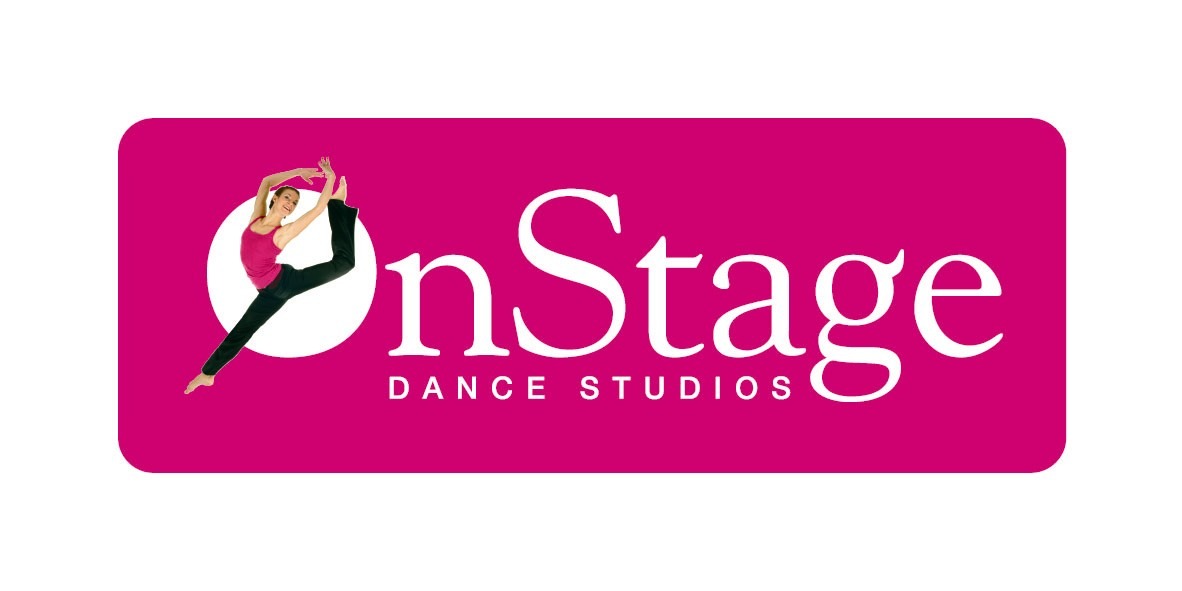

I made this breakthrough into the fantastic future of dancewear when I was watching a behind-the-scenes video of a rehearsal at the Royal Ballet. Now we’re not limited to the few items in our local dance shop (and even those options are expanding…) we can customize, design, and discover dancewear that’s not only a perfect fit but through which we can express ourselves and support independent craftsmen (for the same price.) With our communities expanding across the world it’s now possible to access independently made dancewear around the globe – meaning that in recent years some of the most popular dancewear companies are run by individuals who were tired of experiencing the same frustrations I was.

Nonbinary dancers or those who didn’t fit into traditional sizing had it WAY worse.īut in recent years, the face of dancewear started changing. There were definitely periods where I dreaded going to ballet class because I felt like I looked awful. I was tiny but tall and so leotards were either too short or completely gapey.
Onstage dance studio skin#
I remember feeling awful for years in tank tops - I have a long torso and standard tanks would usually hit me too high, either exposing skin I didn’t want to show, or hitting me in such a way as to make the space from my ribs to my hips into an indiscernible block. That was when dancewear consisted of what you could get from the select big dancewear companies (namely Capezio, Bloch, and maybe Sansha) or athleticwear brands (Lululemon, Athleta, Nike, and Adidas.) Limited design, colors, and sizing often made dancewear shopping frustrating.

Tied in a little knot to give the illusion of a velvet shrug over a leo, it was the height of fashion to be able to get one in your class color. I remember when I was about eight years old the dance shop attached to my studio got in VELVET topped leotards.


 0 kommentar(er)
0 kommentar(er)
